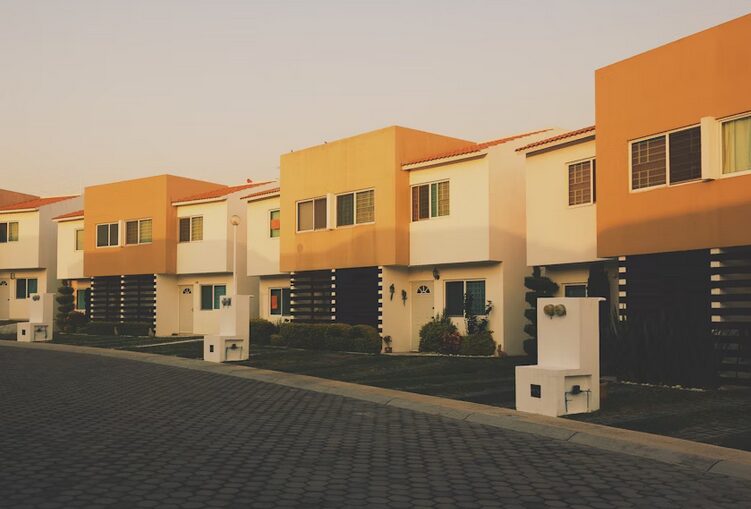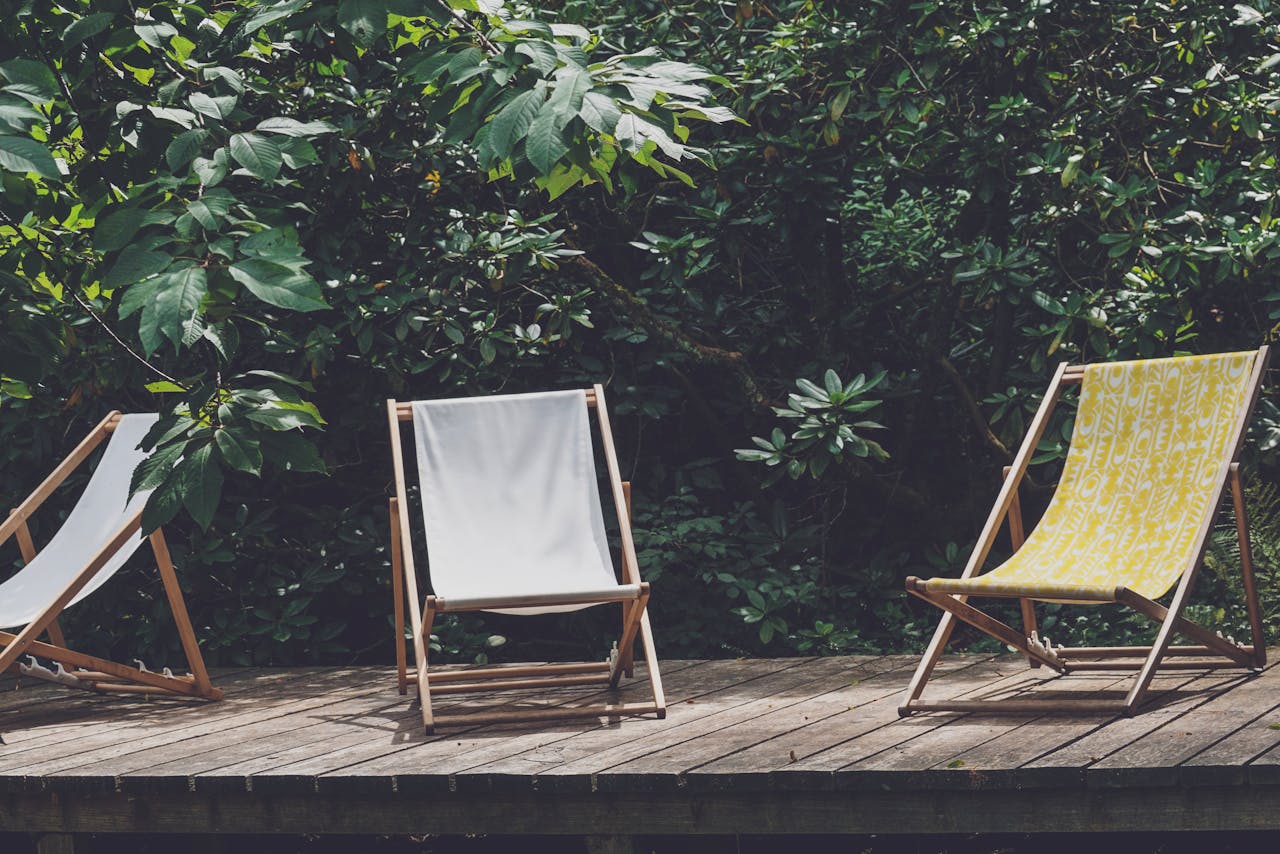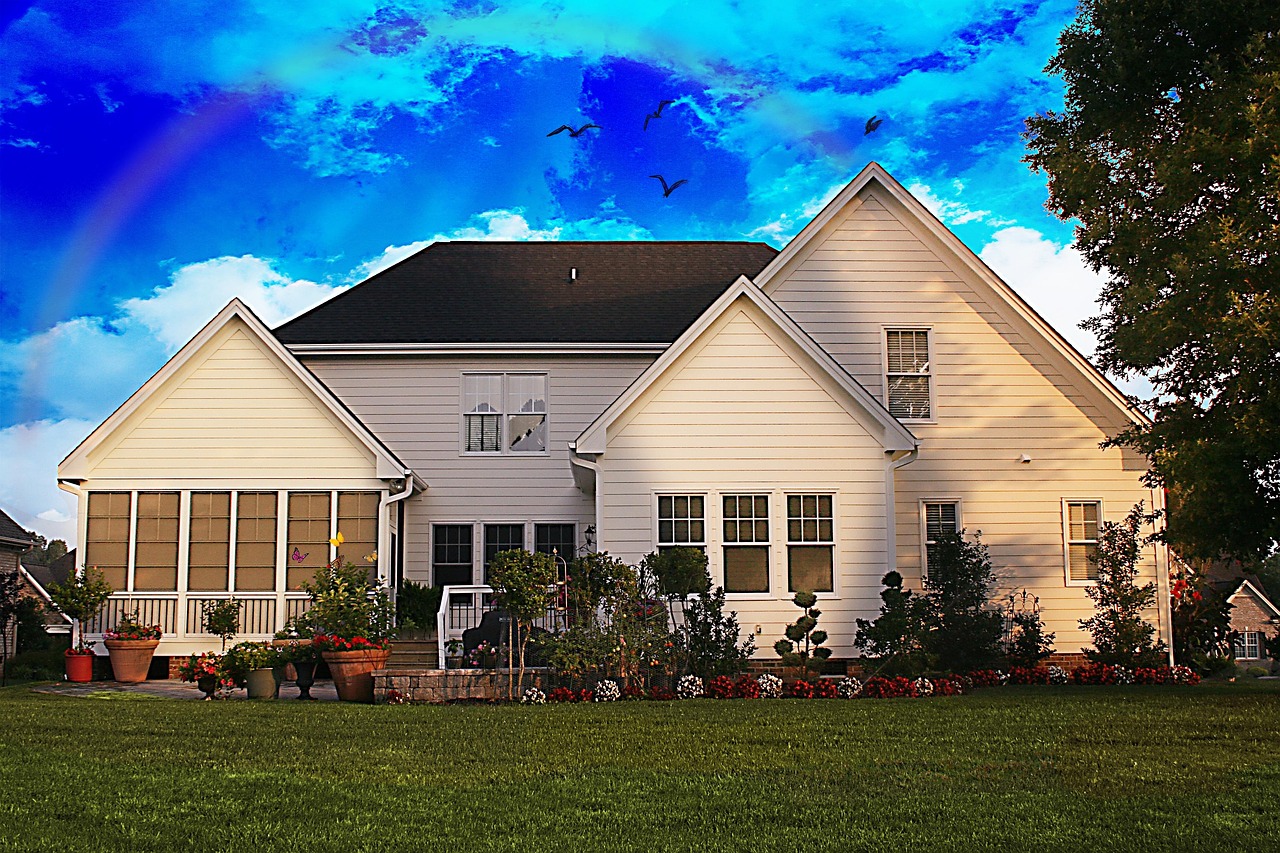Snowy Climates and Roof Designs: Understanding the Basics
Welcome to a winter wonderland of knowledge. As snowflakes dance gracefully from the sky and blanket our surroundings in a pristine white, it’s time to dive into the captivating world of snowy climates and their impact on roof designs. Whether you’re an architecture enthusiast or a homeowner seeking insights for your own abode, this blog post is here to unravel the mysteries behind building sturdy roofs that can withstand the whims of Mother Nature’s icy embrace.
Pitch and Slope
The pitch or slope of a roof is a fundamental consideration in snowy climates. Roofs with steeper pitches allow snow to shed more efficiently, reducing the risk of accumulation. A pitch of at least 6:12 is often recommended for areas with heavy snowfall. Steeper slopes also discourage the formation of ice dams, a common issue in colder regions. Most roofing twin cities mn experts will be able to advise you on the best pitch for your specific location.
Structural Support
Snow can exert significant weight on a roof, especially during prolonged periods of heavy snowfall. Ensuring adequate structural support is crucial in preventing roof collapse. Consult with a structural engineer to determine the load-bearing capacity of your roof and make necessary reinforcements, such as using stronger materials or adding additional supports.
Ventilation Systems
Proper ventilation is essential in snowy climates to prevent the formation of ice dams and control moisture levels in the attic. Ice dams happen when snow melts and then refreezes at the eaves, creating a barricade that can lead to water infiltration. Adequate ventilation, including soffit and ridge vents, helps maintain a consistent roof temperature, preventing ice dam formation and ensuring proper attic moisture control.
Quality Insulation
Quality insulation is a key element in roof designs for snowy climates. It not only helps in retaining heat within the …

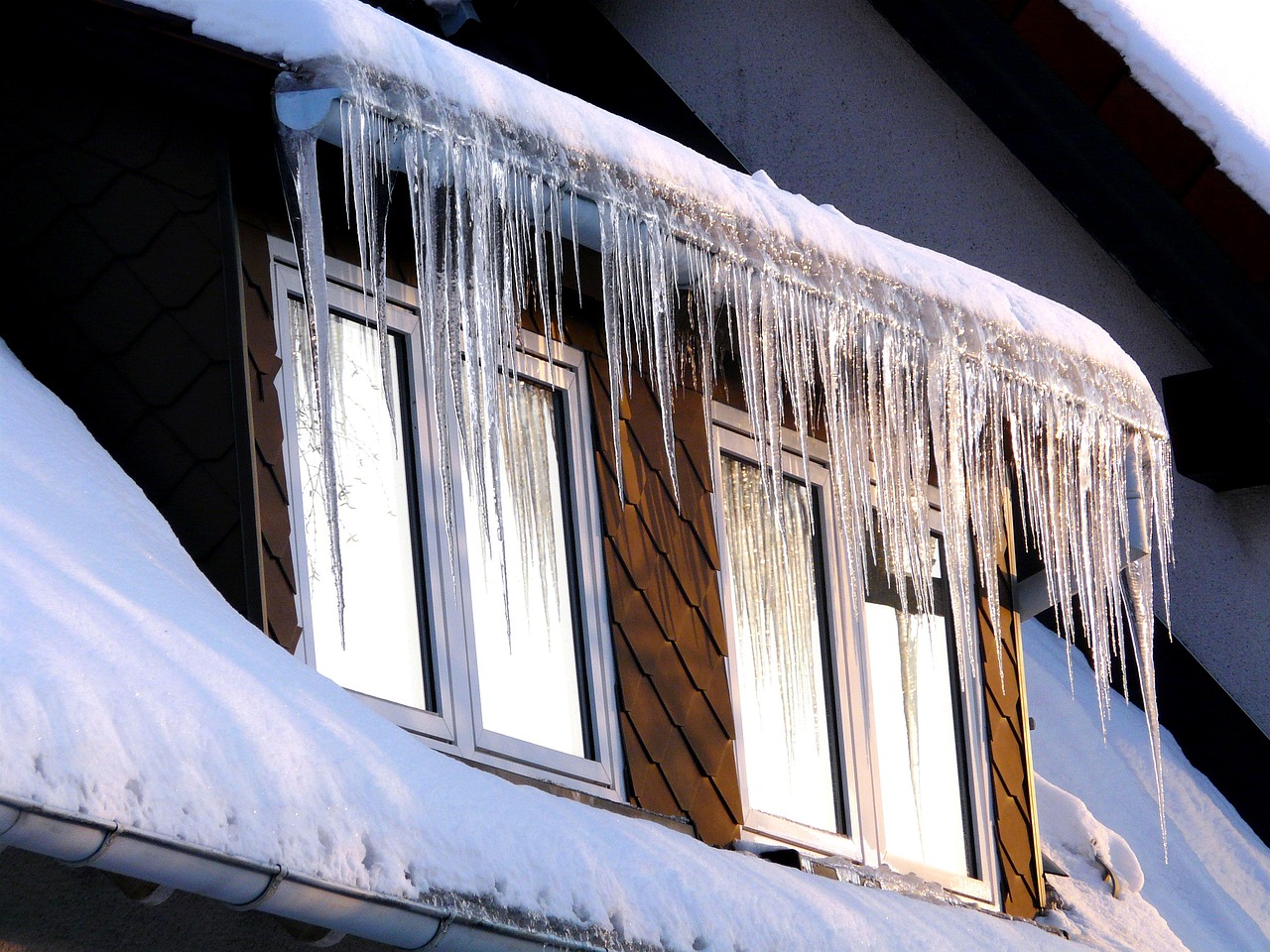
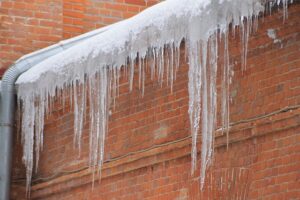



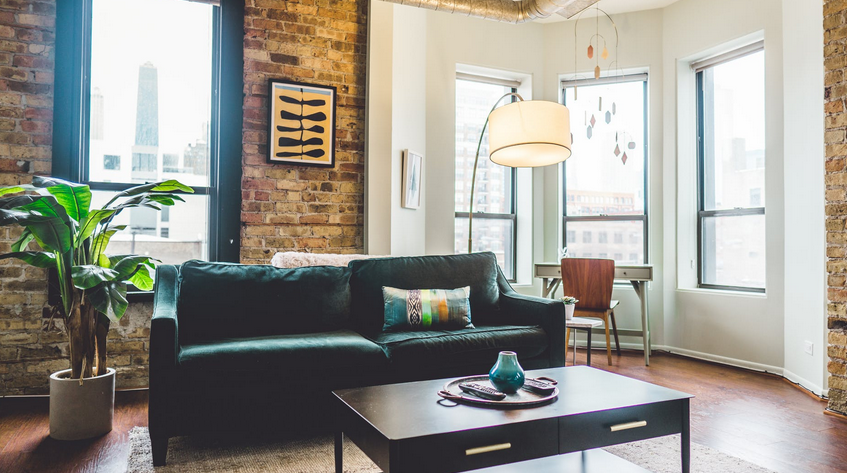
 The minimalist style is all about clean lines and a focus on simplicity. You can achieve this look by using a limited color palette and minimum clutter. When decorating in this style, choosing quality pieces that will stand the test of time is essential. Furniture should be comfortable but stylish, and you should keep accessories to a minimum. If you’re looking for a sleek and modern look, the minimalist style is perfect for you. To create this look in your home, start by decluttering your space and removing unnecessary furniture or accessories. Next, try to choose a color palette that consists of two or three colors and use them to paint your walls and furniture.
The minimalist style is all about clean lines and a focus on simplicity. You can achieve this look by using a limited color palette and minimum clutter. When decorating in this style, choosing quality pieces that will stand the test of time is essential. Furniture should be comfortable but stylish, and you should keep accessories to a minimum. If you’re looking for a sleek and modern look, the minimalist style is perfect for you. To create this look in your home, start by decluttering your space and removing unnecessary furniture or accessories. Next, try to choose a color palette that consists of two or three colors and use them to paint your walls and furniture.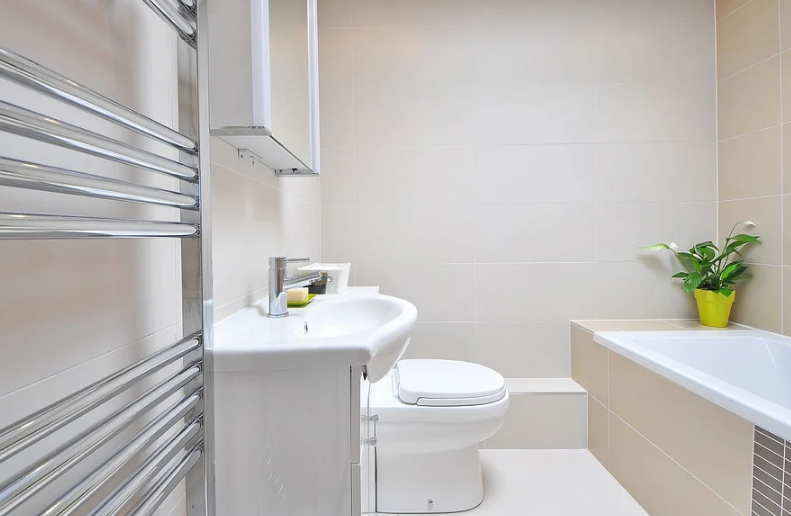
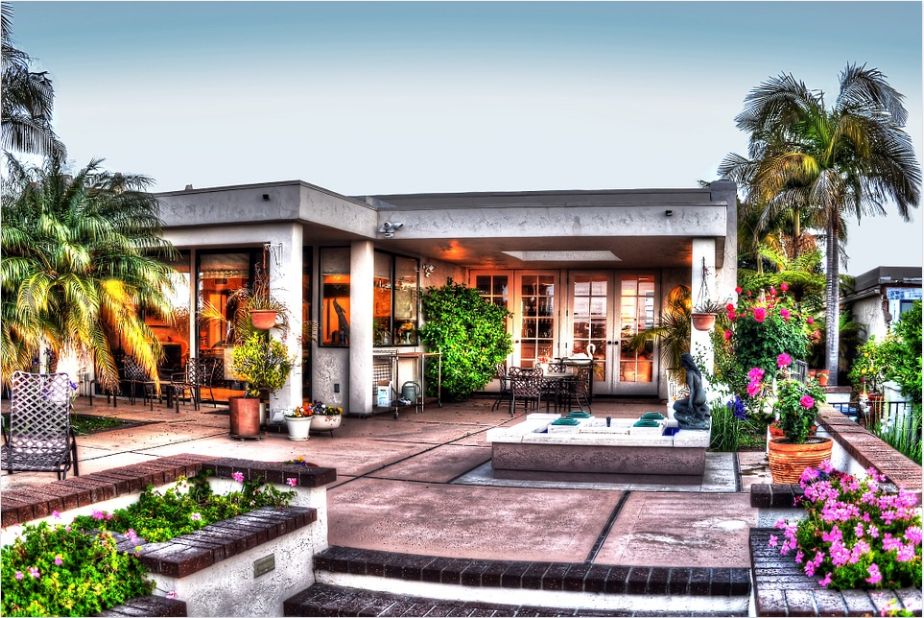
 A modern toilet will highlight straight lines throughout the toilet components, which means sinks are mounted to the wall. At the same time, the taps are in sync and well-designed. The contemporary design also goes well with ceramic or stainless steel alternatives.
A modern toilet will highlight straight lines throughout the toilet components, which means sinks are mounted to the wall. At the same time, the taps are in sync and well-designed. The contemporary design also goes well with ceramic or stainless steel alternatives.
 A Perfect Floor
A Perfect Floor
